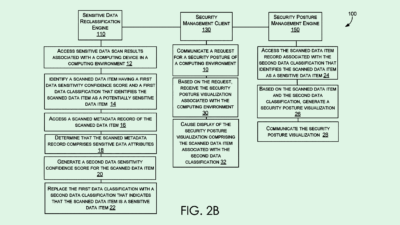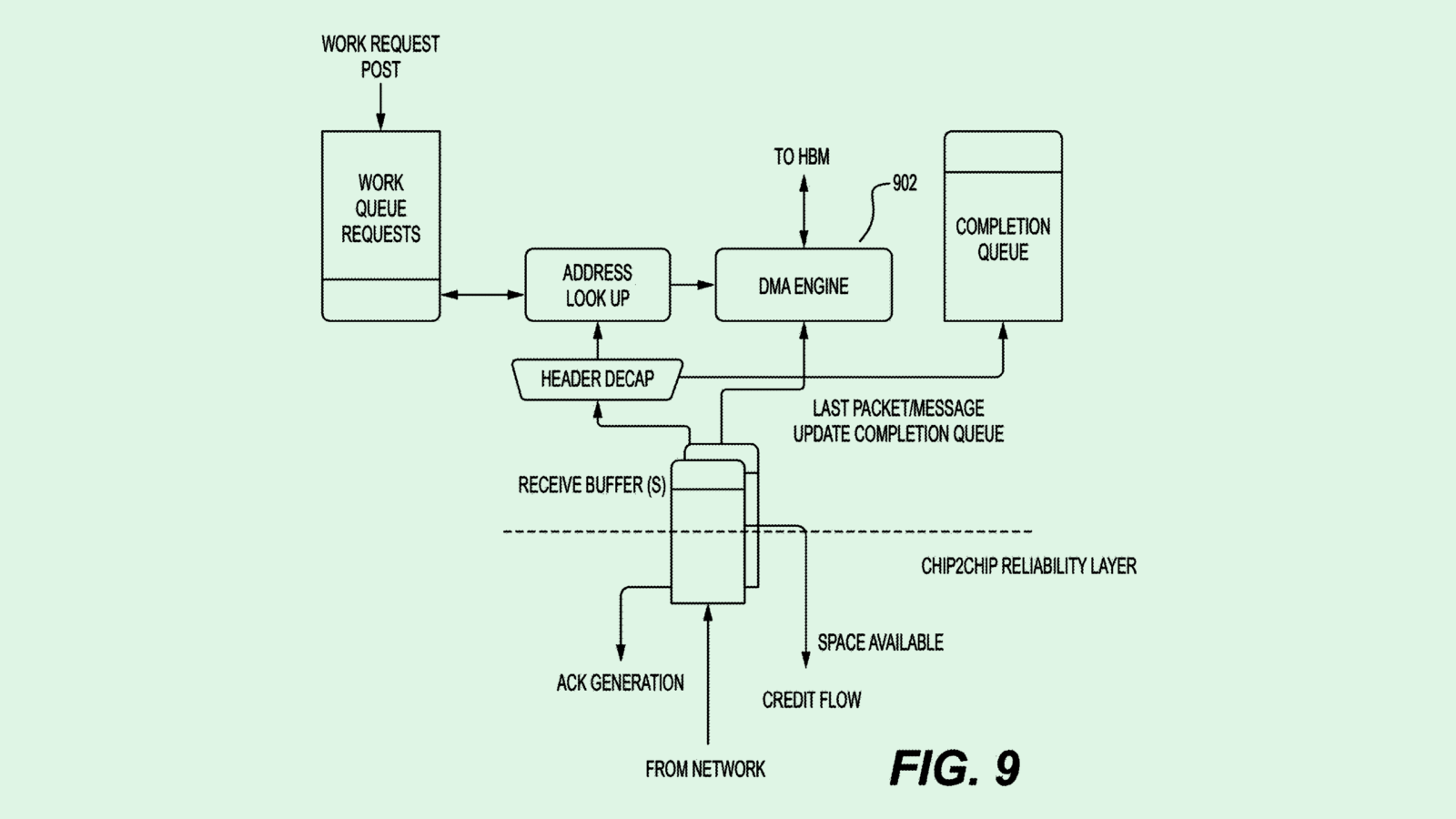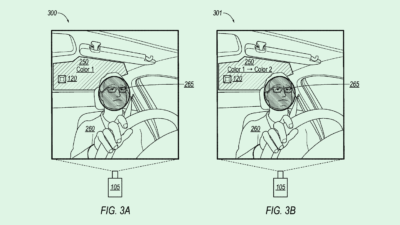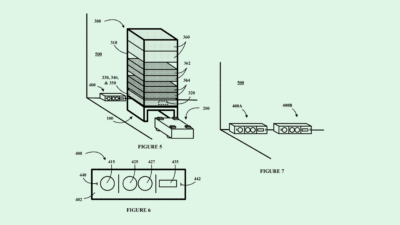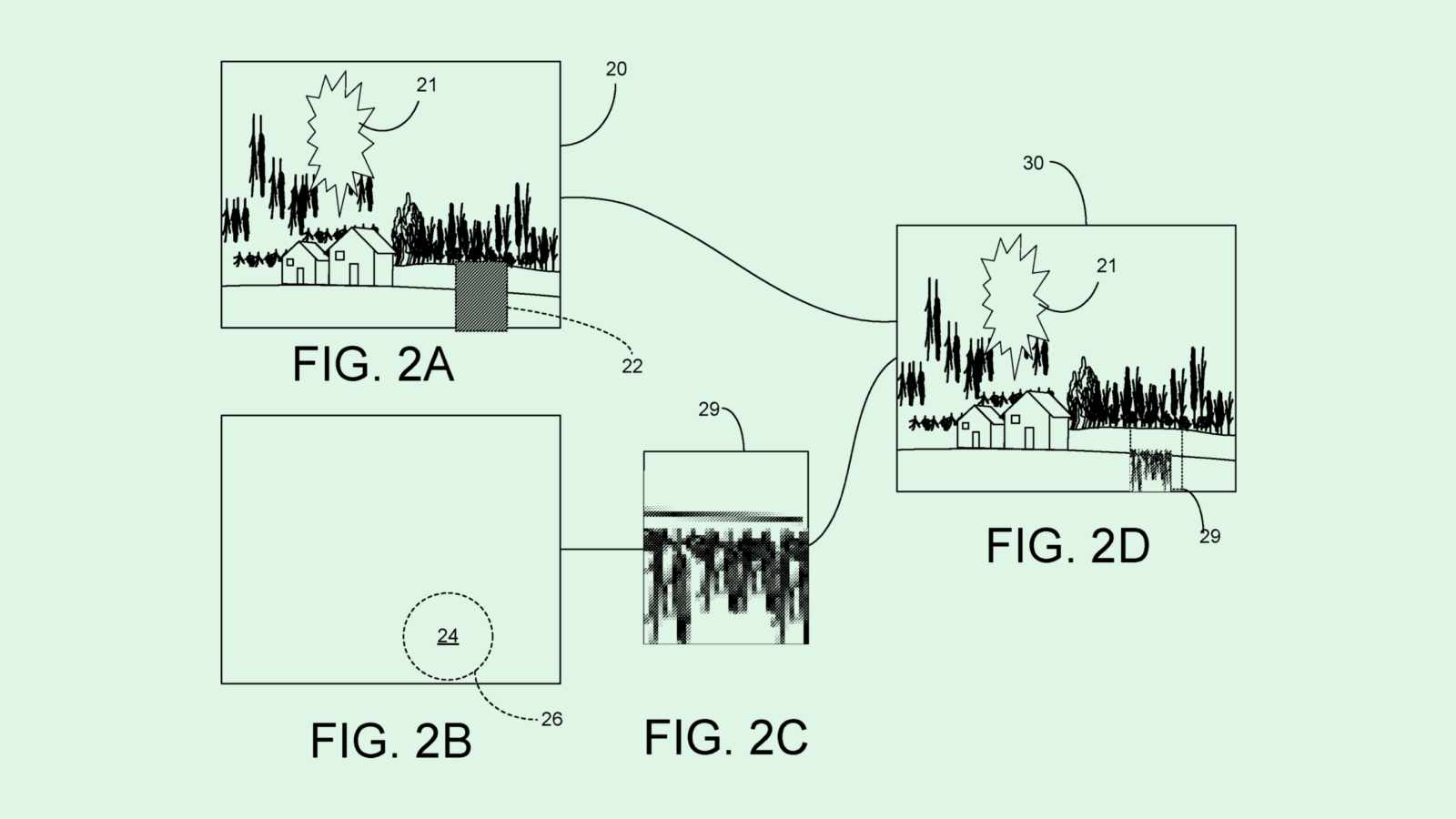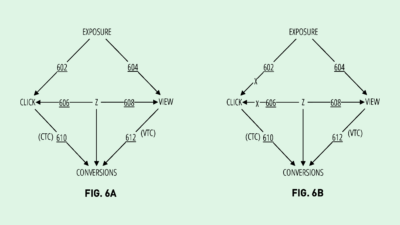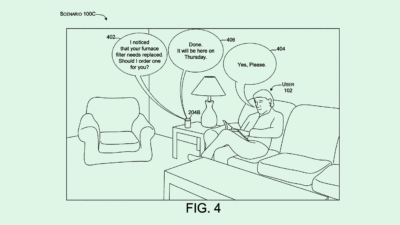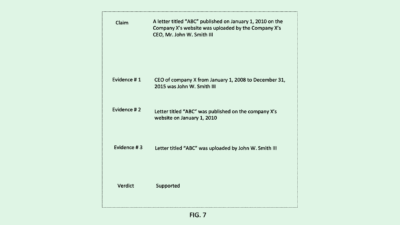Apple Could Use Generative AI to Visualize Your Feelings
The tech further adds to the company’s reported investment in generative AI, and shows that it wants to build up its health tech even further.
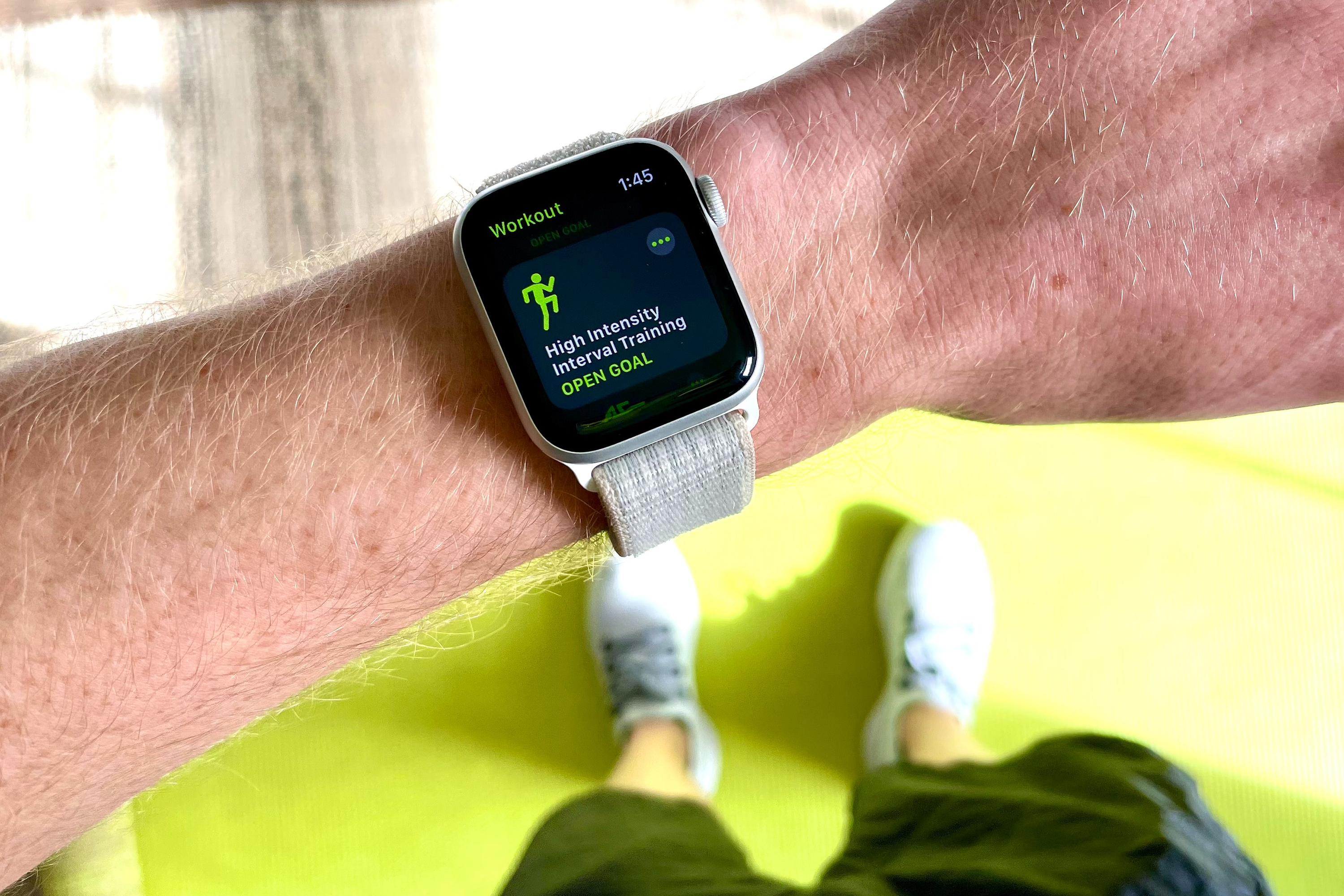
Sign up to uncover the latest in emerging technology.
Apple wants to help you understand what your stress looks like.
The company filed a patent application for the “visualization of biosignals” using a generative machine learning model. Essentially, this tech helps users visualize biological signals that may indicate different levels of stress, workload or mental state.
While biosignals such as heart rate and respiratory rate are somewhat easy to convey, “higher-level features such as stress or workload may be difficult to extract and present to the user in (an) objective manner,” Apple noted in its filing.
Apple’s system first collects, such as via smartwatch sensors, biosignal data from users. Sensors can include EEG sensors to measure brainwaves, ECG to measure heart signals, or PPG sensors to measure blood pressure. This system then encodes the biosignal data into a vector, which makes it easier for a machine learning model to understand.
That vector is then fed to a generative AI model, which creates imagery based on the biosignals, using things such as “landscapes, potted plants (or) abstract shapes,” or creating artwork in specific styles, imitating Monet or Van Gogh. For example, If a user is meditating or doing yoga, the system may generate images of a flowering potted plant, Apple noted, and the amount of flowers would change based on different activities.
“Variations in the generated images may indicate deviations within a single activity, such as losing focus during a meditation session,” Apple said.
While the data is collected on a smartwatch, images would likely show up on a different device, such as a smartphone or iPad. Apple said that the artwork created by this system’s generative model is subject to change, “allowing a user to associate examples of the generated artwork with different states of body and/or mind.”

Apple has long pushed consumer health tech as one of its core offerings. Its Apple Watch line, the company’s primary fitness offering, held a 56% share of the US smartwatch market in 2022, according to Counterpoint Research. Apple’s patent activity also lays out its long-standing interest in consumer health tech, seeking to get its hands on everything from in-ear biometric sensors to ambulatory blood pressure cuffs.
Apple’s connected and easy-to-use device ecosystem has only helped cultivate that sense of trust and brand loyalty among its users, said Yogi Byreddy, CTO at health informatics company CTIS. That’s allowed adoption of its health platform to spread like wildfire over the years, he said. “It comes down to devices at the end of the day – who has more devices connected to more humans,” he said.
Apple’s emphasis on privacy has also allowed it to push the boundaries with user data. Its product ecosystem is entirely locked down compared to competitors like Android, said Shannon Dillon, strategic growth officer at health informatics company CTIS. Because of this, she said, Apple has access to a treasure trove of valuable user data, only helping it expand its health tech efforts further, such as partnering with healthcare providers.
“Owning that data opens up a whole other business unit for them in working with other healthcare providers,” said Dillon. “Really in the last three to four years with the pandemic, we’ve seen an uptick in that market.”
This patent also lines up with the company’s generative AI push. In October, Bloomberg reported that the company is on track to spend $1 billion per year on developing generative AI products. In its fourth-quarter earnings call last week, CEO Tim Cook confirmed that the company is developing generative AI tech, but didn’t divulge details. “You can bet that we’re investing, we’re investing quite a bit,” he said in the call.
Given that AI is data-hungry, Apple’s access to data probably won’t hurt these ambitions.



